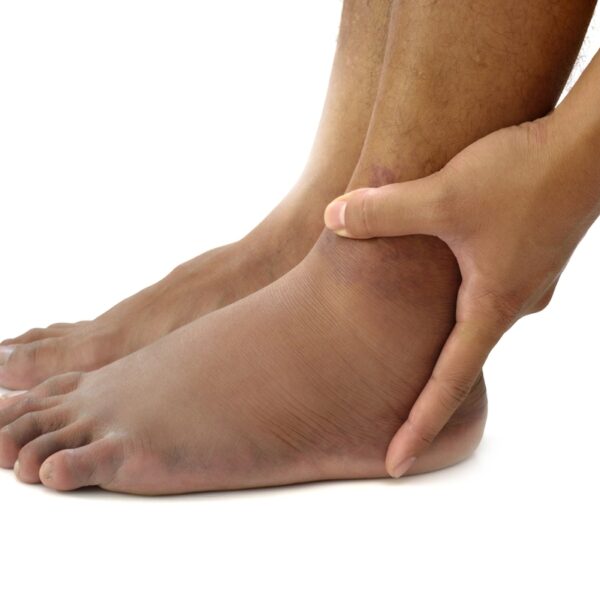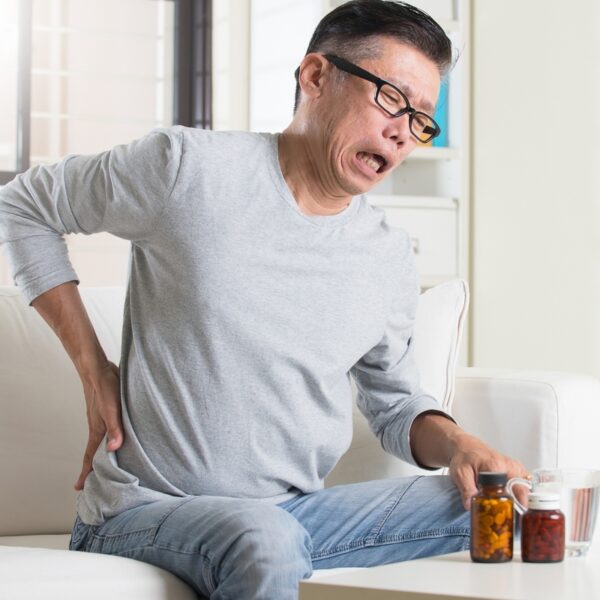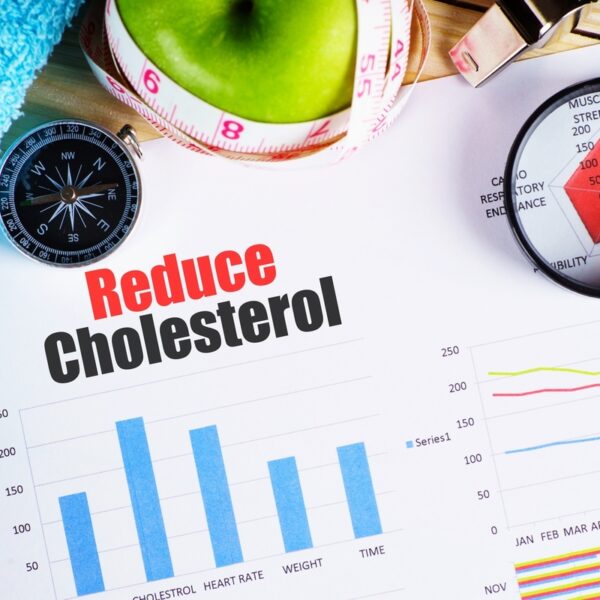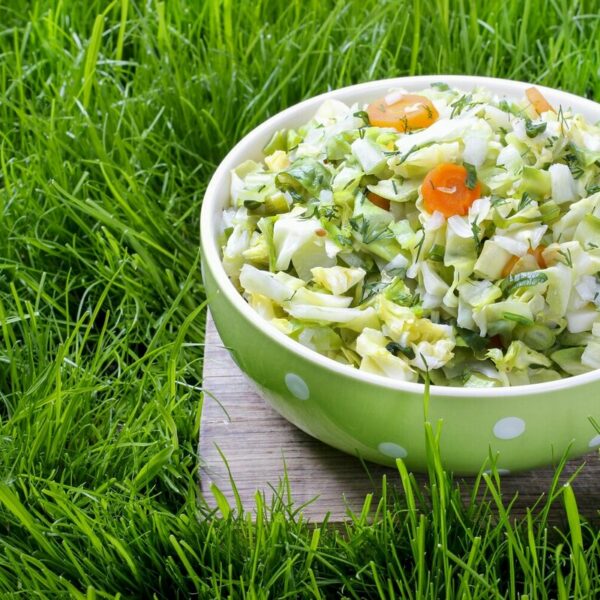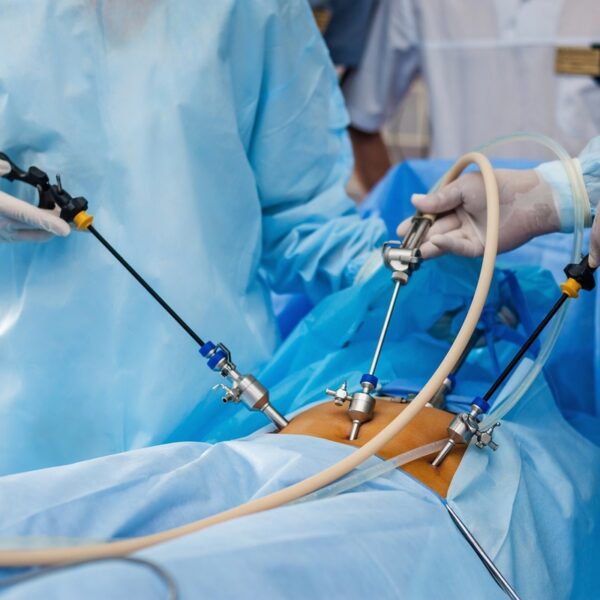
What is the Best Treatment for Spinal Stenosis?
Spinal stenosis is a condition characterized by the narrowing of the spaces within the spine, which can put pressure on the nerves traveling through the spine. This condition can lead to pain, numbness, muscle weakness, and problems with bladder or bowel function. Understanding the best treatment options for spinal stenosis is crucial for managing symptoms and improving quality of life. This article explores various treatment modalities, ranging from conservative approaches to surgical interventions, to help you make an informed decision. Conservative Treatments for Spinal Stenosis Physical Therapy Physical therapy is often the first line of treatment for spinal stenosis. A physical therapist can design a customized exercise program to strengthen the muscles around the spine, improve flexibility, and enhance overall mobility. These exercises can help alleviate pressure on the spinal nerves and reduce pain. Medications Over-the-counter pain relievers and anti-inflammatory medications can be effective in managing mild to moderate pain associated with spinal stenosis. In some cases, doctors may prescribe stronger medications to help control severe pain. However, it is essential to use these medications under medical supervision to avoid potential side effects. Epidural Steroid Injections Epidural steroid injections can provide temporary relief from pain and inflammation. These injections deliver corticosteroids directly into the epidural space around the spinal cord, reducing inflammation and alleviating pressure on the nerves.
